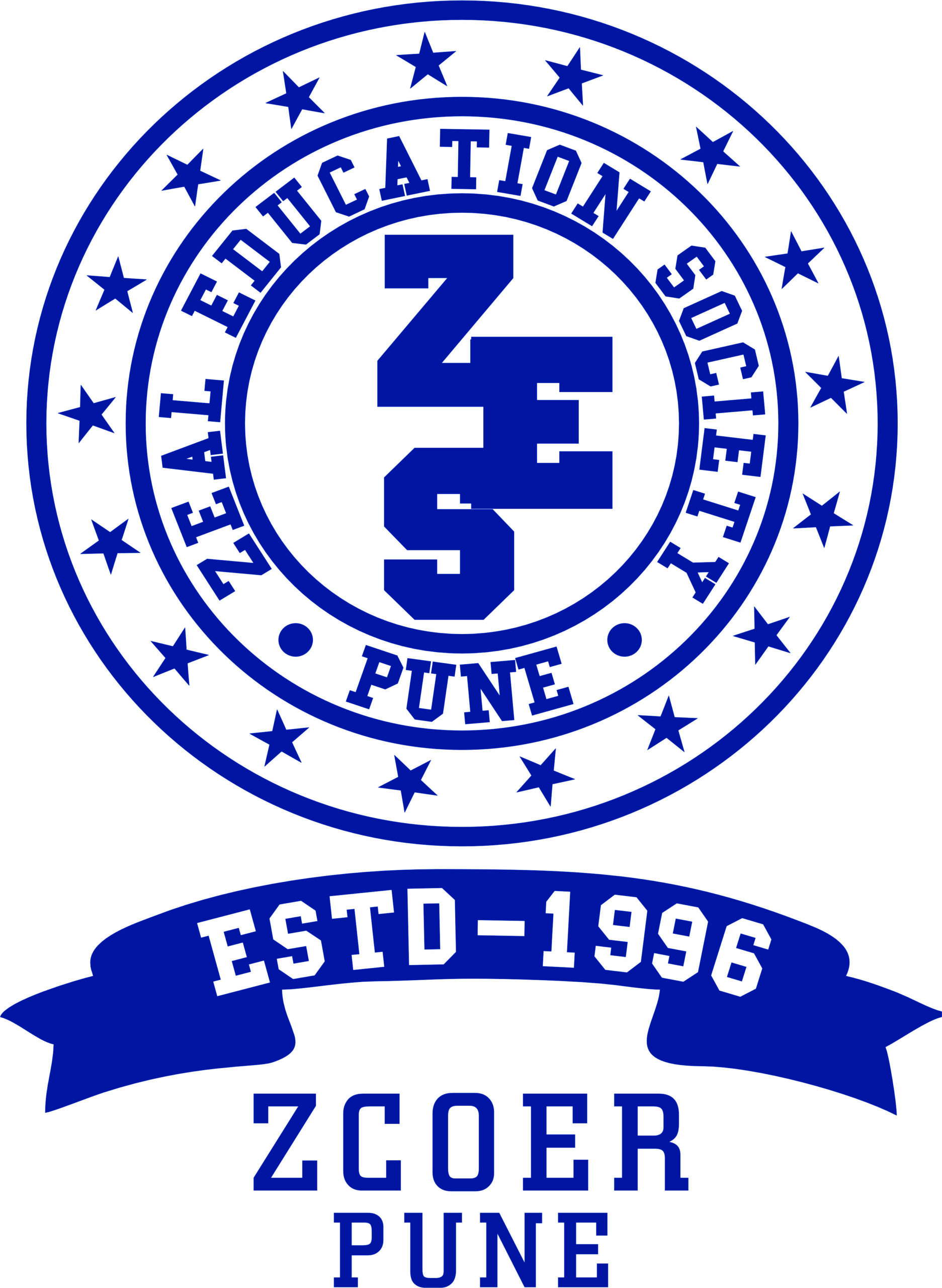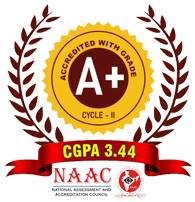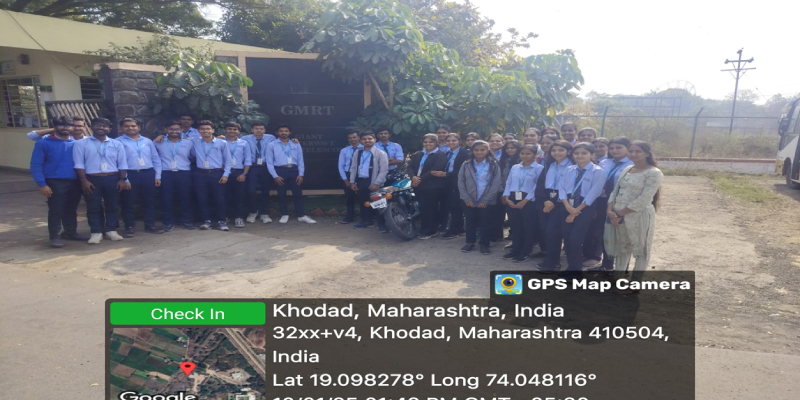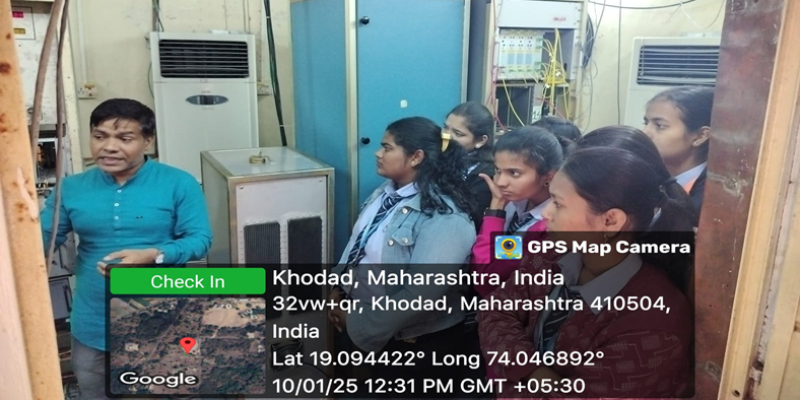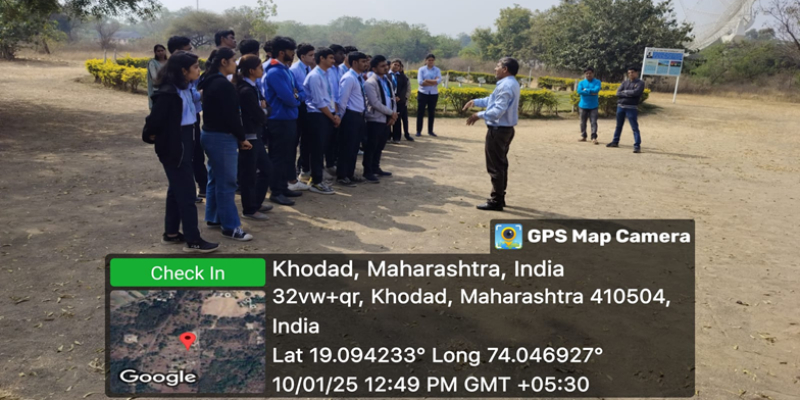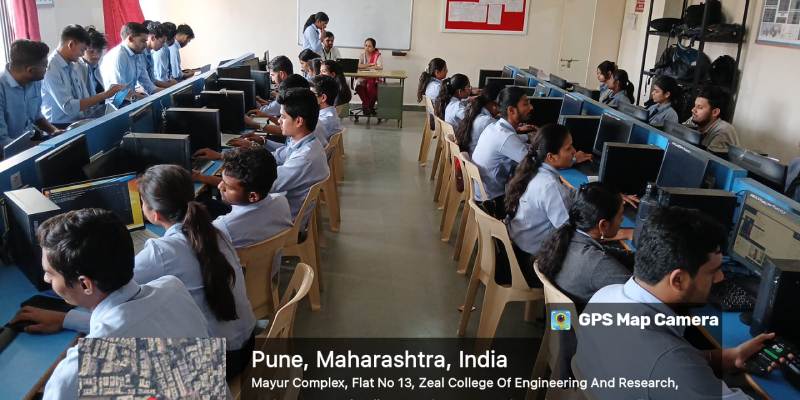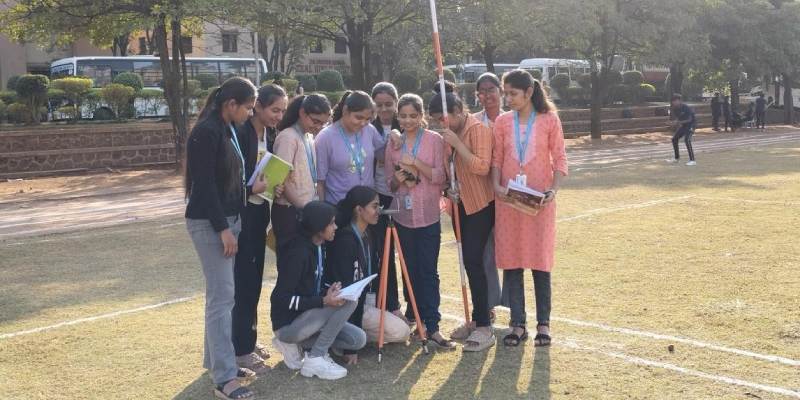We have successfully organized a Visit to National Centre for Radio Astrophysics – Tata Institute of Fundamental Research and Giant Metrewave Radio Telescope (GMRT), Khodad, Pune for our students of SE on 10th January, 2025. The excursion was organized with the aim of providing students with insights into working and use of different electronic components along with testing, mounting and applications as well as innovation in industrial automation. Below is an overview of the visit:
No. of Participants: 33
No. of Faculty: 02
Faculty Co-ordinator: Prof. Dr. Sumit Ramdas Patil
Below is an overview of the visit:
1. Purpose and Objectives:
- The primary objective of the visit was to educate students about the Industrial Automation, including its significance, technological advancements, and career opportunities.
- We aimed to enhance students’ understanding of Core electronics in Industrial applications.
2. Event Overview:
- GMRT is located near Narayangaon, Pune, is an array of thirty fully steerable parabolic radio telescopes of 45 metre diameter, observing at metre wavelengths. It is the largest and most sensitive radio telescope array in the world at low frequencies.
- It is operated by the National Centre for Radio Astrophysics (NCRA), a part of the Tata Institute of Fundamental Research, Mumbai. It was conceived and built under the direction of Govind Swarup during 1984 to 1996.
- It was recently upgraded with new receivers, after which it is also known as the upgraded Giant Metrewave Radio Telescope (GMRT).
Student Experience:
- The students were accompanied by faculty members and guided through the visit at GMRT, where they had the opportunity to explore different exhibits and interact with scientist and researchers persons.
- They were particularly fascinated by the displays of a Microwave antennas and signal processing.
- Students actively engaged in discussions with GMRT representative from GMRT about the floor plan activities.
3. Learning Outcomes:
- The visit provided students with practical insights into the application of science and technology Signal Processing field.
- They gained a deeper understanding of complex concepts such as Microwave communication and signal processing application in Astrounomy.
- The exposure to real-world innovations and interactions with industry experts enriched their learning experience and broadened their horizons.
4. Conclusion:
- Overall, the student visit to the GMRT organization was highly beneficial and impactful. It provided students with a unique opportunity to witness firsthand the advancements in Microwave Communication and inspired them to explore future career paths in these fields.
